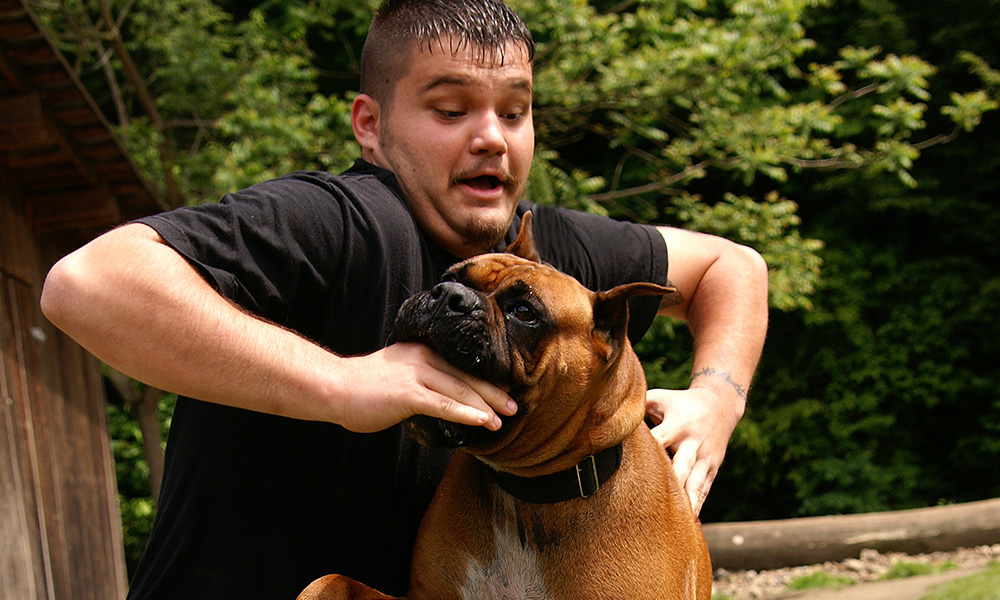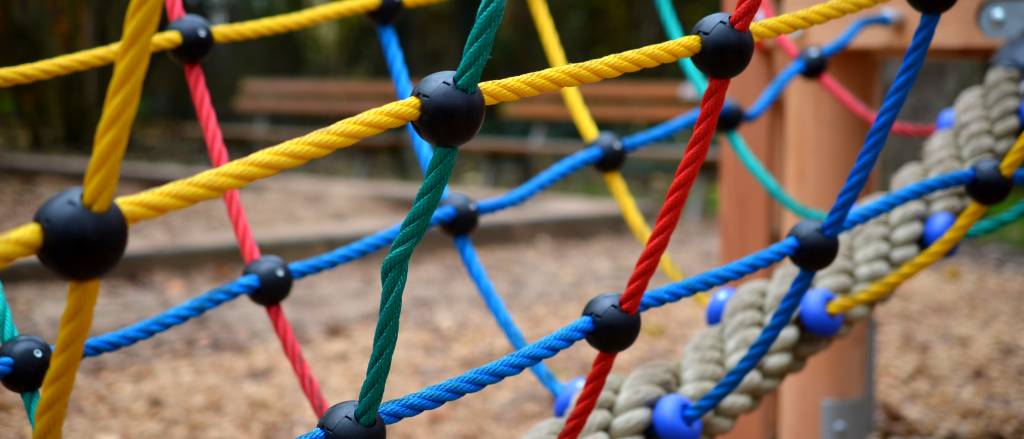In one of the largest medical research study projects ever conducted, a research team at the University of Oxford and Imperial College has followed more than a million people born in Sweden from 1973 through 1985 to determine how blows to the head and brain injuries impact lives over a period of decades. The disturbing conclusion of the researchers is that even a mild bump to the head increases the risk of serious and lifelong psychological and medical problems as well as the risk of premature death.
The research was published in August by the Public Library of Science in the journal PLOS Medicine. Those who sustained even a mild traumatic head injury – defined as a head injury that leaves a victim “dazed or confused” – are 60 per cent more likely to die prematurely, according to the research findings, than persons who never sustain a brain injury. Such “mild” head injury victims are also 91 percent more likely to be hospitalized at some point for a psychological or psychiatric reason, 55 per cent more likely to have done poorly in school, and 52 per cent more likely to require some kind of disability benefits.
HOW MANY PEOPLE SUSTAIN BRAIN INJURIES?
In the United Kingdom and in the United States, it is estimated that one in ten adults sustain some kind of head injury as a child or as a teenager. In the United Kingdom, approximately a million people a year visit a hospital following a head injury. Of course, any child or adult who has sustained a blow to the head should receive immediate medical attention and comprehensive follow-up care and treatment. The report’s authors additionally suggest that parents should closely monitor a child’s performance at school after any head injury and seek medical attention if the child starts lagging behind in school or begins noticeably behaving differently.
One of the research study’s five authors is Professor Seena Fazel, who is a professor of forensic psychiatry and a Wellcome Trust Senior Research Fellow at the University of Oxford. Professor Fazel told The Telegraph: “People who have very mild head injuries can still have persistent problems later on. We know that at the time there are the external forces that are changing the structure of the brain.”
“You can see it twisting and turning inside of the brain and that can cause all kind of damage,” Professor Fazel continued. “Stretching and damage to the nerve cells themselves. It does change levels of neurostransmitters. There needs to be some systems in place for follow up of individuals. In children it may well be that where there are deviations from their educational trajectory or health trajectory that people seek advice about what measures can take place.”
SHOULD CONTACT SPORTS BE BANNED IN SCHOOLS?
According to the U.S. Centers for Disease Control and Prevention, each year about 170,000 children and teens in the United States sustain brain injuries while playing sports. The U.K researchers proved with statistics what intuition would tell you – brain injuries that are more serious inevitably lead to outcomes that are more unfortunate. The authors state: “One of the implications of these findings is the importance of developing preventive interventions for early exposure to head injuries.
“In toddlers and preschoolers,” the authors continued, “these interventions should ideally be targeting improved parental supervision, as falling is the most common cause of traumatic brain injury in this group. Prevention of sports-related concussions in older children could focus on changes to rules so that the risks of players colliding their heads with each other and with equipment, e.g., heading soccer balls or getting hit in the head by a racket, bat, or stick.”
Professor Huw Williams, an associate professor of clinical neuropsychology at the University of Exeter, told The Telegraph: “This does not mean we should be banning children from playing contact sports but care is needed, especially in managing a child’s return to play, so that they don’t get injured again. We also need to make sure the rules are followed – more than twenty percent of concussion injuries in rugby appear to happen during foul play.”
WHAT CAN PARENTS AND SCHOOLS DO ABOUT CONCUSSIONS?
Parents, coaches, and young athletes should also take preventive measures to avoid concussions. Helmets, for example, should always fit snugly and meet the highest safety standards. Football helmets should be rated “five stars” under the rating system developed by Virginia Tech and published on the school’s website. An average high school football athlete will sustain about 650 hits to the head during a season, according to research conducted at the University of Michigan and Purdue University. Speed, the angle of a hit, and a player’s physical size are all considerations.
Almost one in ten high school sports injuries are concussions. Neurologists don’t know why some hits cause concussions for some athletes and not for others. Most concussion patients recover quickly; for some, however, the symptoms of a concussion can persist for weeks and sometimes for months. And after a full recovery from a concussion, the possibility of permanent damage from a second concussion is greatly increased.
A separate study – published recently in Neurology, the journal of the American Academy of Neurology – found that after even a mild concussion, physical damage can still be seen months later on brain scans. Under California law, when someone else’s negligence is the cause of a brain injury, the injury victim is entitled to complete compensation for medical care and all other injury-related expenses.
If you or your child sustains a brain injury in a traffic crash, while playing sports, or in any other circumstance related to negligence, an experienced Orange County personal injury attorney can provide the legal advice and insights you need, address your legal questions and concerns, and explains your rights and legal options. Obviously, the most severe injuries will require the maximum possible compensation.
Brain injuries are serious injuries. If another person causes a brain injury – by driving negligently, by failing to maintain a property in safe condition, or by manufacturing or selling defective safety equipment, for example – an Orange County personal injury attorney can examine your case and offer candid advice regarding your legal options. Most importantly, be aware of the dangers, take preventive measures, and obtain medical treatment at once if you believe that you or your child may have sustained a brain injury.








